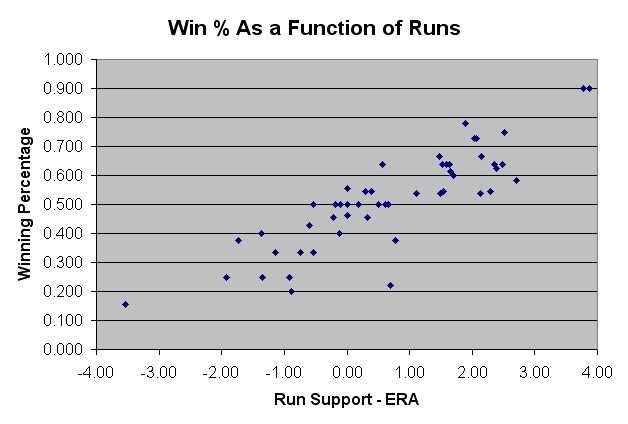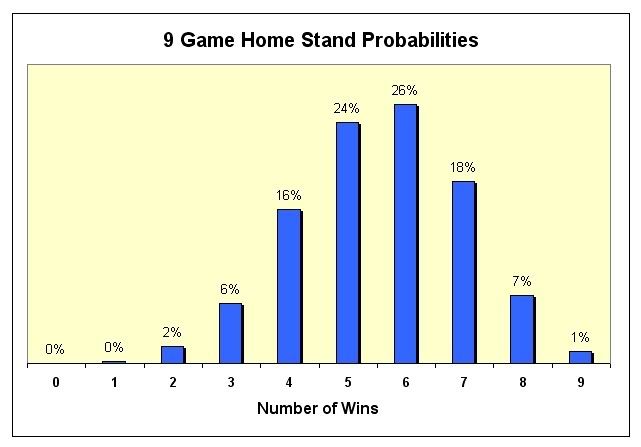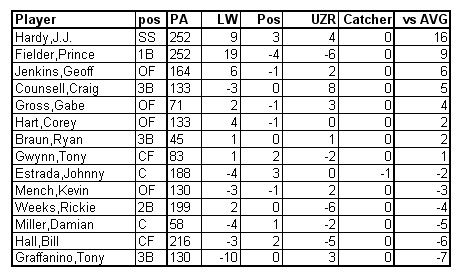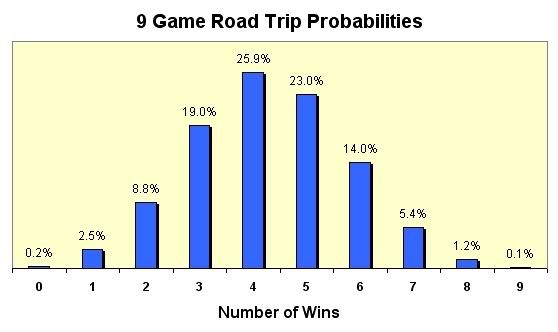It seems that every year, Brewer fans grab hold of an observation based on a small sample and than declare it as fact for the rest of the year. A recent example is the new myth that Dave Bush should be pulled at the earliest signs of trouble after the 6th inning. It's based on the fact that Bush has run into some serious trouble late in games this year. The irony is that the exact opposite has been true in years past.
From 2004-2006 (his entire ML career, prior to 07'), the deeper he went into the games, the better he got:
BA OBP SLG OPS
Inning 1-3 .275 .331 .462 .793
Inning 4-6 .250 .288 .407 .695
Inning 7-9 .199 .244 .306 .550
Bush was an absolute work horse for the Brewers in 2006. Of his 32 starts, half went for 7 or more innings, including 3 complete games. That's about as good as it gets for a #4 starting pitcher.
Unfortunately, he's run into some serious trouble in the 7th this year and fans have started to notice. But while he's given up an eye opening 1.677 OPS to batters after the 6th inning so far, that's been over a paltry 18 AB. Why should we pay attention to a sample like that, when 186 AB from the previous 3 years paints a completely different picture? The answer is, we shouldn't. The sample is simply too small to draw any meaningful conclusions from it.
It's human nature to search for patterns from the most recent events but in baseball, if you start making personnel decisions based on those observations, you are running the risk of making some serious mistakes.






